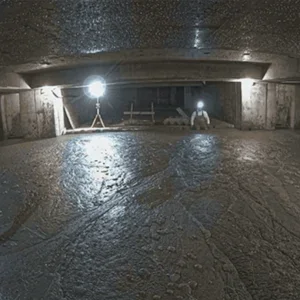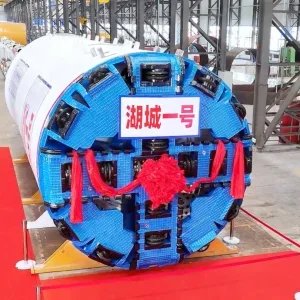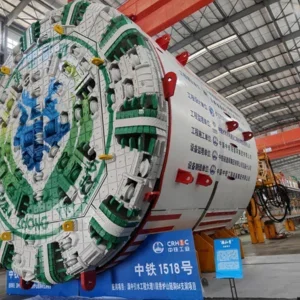These, along with two other stations in Doha and its outskirts, are among the 47 stations planned under the rail project.
A sum of QAR 500M (USD 137.4M) has been allocated for taking over land from private owners before starting work on the proposed stations, sources in the Qatari capital said on 17 January 2013.
Many key areas in the city would face the bulldozers sooner or later to give way to the metro and rail projects, although the authorities have not yet divulged details of the
demolition plan.
A number of shops in Souq Khalid, close to the erstwhile "crazy signal", have already been issued notices to vacate. It is believed that the souq (market) will soon be demolished as part of the rail project.
Several buildings behind this souq and in other areas, including Najma, Old Airport and Al Sadd, are also earmarked for demolition for the ambitious rail project.
A groundbreaking ceremony was held last October for a key interchange station at Msheireb that will be the hub of the Doha metro network.
The station is being built as part of Msheireb Properties’ landmark Msheireb Downtown Doha regeneration project.
The Qatar Integrated Railway Project covers four metro lines in Doha, tram routes in West Bay and Lusail, a high-speed line and dedicated freight railways.
Last August, Qatar Rail signed five contracts totalling QAR 1.48bn (USD 410M) for work on the first phase of the metro, which covers 129km including the Red, Green and Gold lines. Phase one is due to open in ‘the fourth quarter of 2019’, well ahead of the 2022 FIFA World Cup.
The core city-centre interchange at Msheireb is located at a point where the Red and Green lines will be running parallel and intersected by the Gold line. The station concourse will be 15m below ground, with a direct connection to retail developments.







